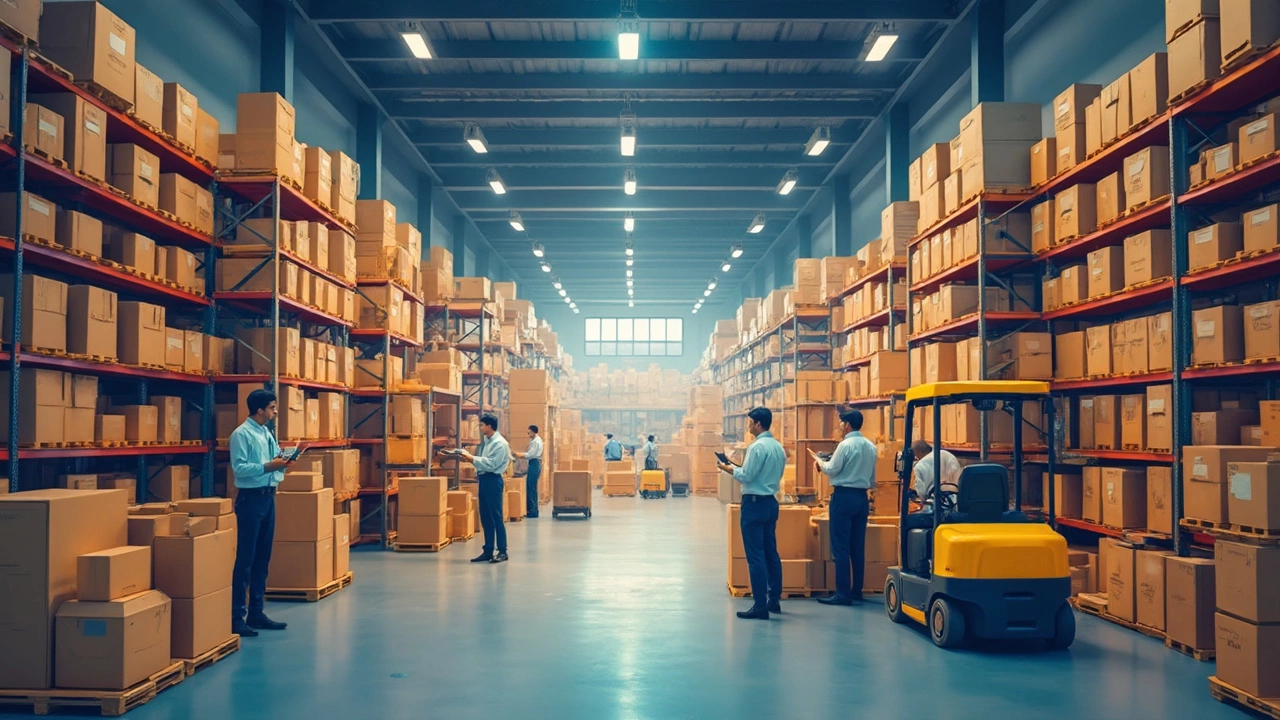Fulfillment Made Simple: Your Guide to Faster Orders and Happy Customers
When a customer clicks ‘Buy’, the real work begins. Fulfillment is the process that moves that click into a packed box on the road. It covers everything from stocking the right products, picking the right items, packing them securely, and getting them to the buyer on time. If any step slips, the whole experience suffers – and you lose trust.
Think of fulfillment as a small assembly line inside your warehouse or your partner’s facility. First, you need accurate inventory data. Without it, you’ll sell items you don’t have or waste time hunting down stock. A basic Warehouse Management System (WMS) can track quantities, locations, and even suggest the fastest pick path.
Key Steps to Streamline Your Fulfillment Process
1. Keep inventory tidy. Use barcode labels or RFID tags, and run regular cycle counts. Clean data means fewer out‑of‑stock surprises.
2. Pick efficiently. Organize shelves so popular items are close to the packing area. Consider batch picking if you ship many small orders at once.
3. Pack right the first time. Choose the right box size, add protective material, and stick to a simple packing checklist. A well‑packed parcel reduces damage claims and saves on dimensional weight fees.
4. Choose the right carrier. Compare rates for last‑mile delivery, international shipping, and express options. Some carriers offer discounted rates for volume or for using automated label printing.
5. Automate where you can. Shipping software that creates labels, sends tracking updates, and syncs order status back to your store saves hours each week.
Tips for Cutting Costs and Improving Speed
Look at your shipping data. If you notice a pattern – say, most orders go to a particular region – you might open a satellite warehouse or partner with a local 3PL. This reduces distance and speeds up delivery.
Negotiate with carriers based on your shipment volume. Even a small discount on a high‑volume route adds up over time. Also, bundle shipments when possible; many couriers charge less per parcel when you send a batch.
Don’t forget returns. A clear return process keeps customers from getting frustrated, and a well‑organized reverse‑logistics workflow can turn returned goods back into saleable inventory quickly.
Finally, keep an eye on key performance indicators – order processing time, pick accuracy, and on‑time delivery rate. Simple dashboards let you spot bottlenecks before they become big problems.
Fulfillment doesn’t have to be a mystery. With the right tools, a tidy warehouse, and a few smart carrier choices, you can ship faster, spend less, and keep customers coming back. Start with one small change today – whether it’s a daily inventory check or switching to a cloud‑based WMS – and watch the improvements add up.
What Is Ecommerce Logistics? A Simple Guide for Online Sellers
Learn what ecommerce logistics really means, its key steps, cost factors, and how to choose the right fulfillment model for online stores.
Read MoreeCommerce Logistics Needs: What Really Matters for Online Stores
This article cuts straight to the heart of what eCommerce logistics actually needs to run smoothly. Get practical tips for handling shipping, warehousing, and returns, plus real-world facts you can use right now. Learn how logistics can make or break your online store’s reputation. Find out how new tech shapes the way packages move from screen to doorstep. If you want fewer headaches and faster deliveries, you’re in the right place.
Read MoreLogistics Systems: The 3 Main Activities in E-Commerce
E-commerce logistics runs on three main activities: inventory management, order fulfillment, and transportation. Each part needs to work like clockwork, or your package just won’t reach you on time. This article breaks down how these activities work together, using real-world tips and examples from leading online shops. Learn what actually happens between clicking 'buy' and your order arriving at your door, and grab some handy ways to improve your own logistics if you're running a shop yourself.
Read More

